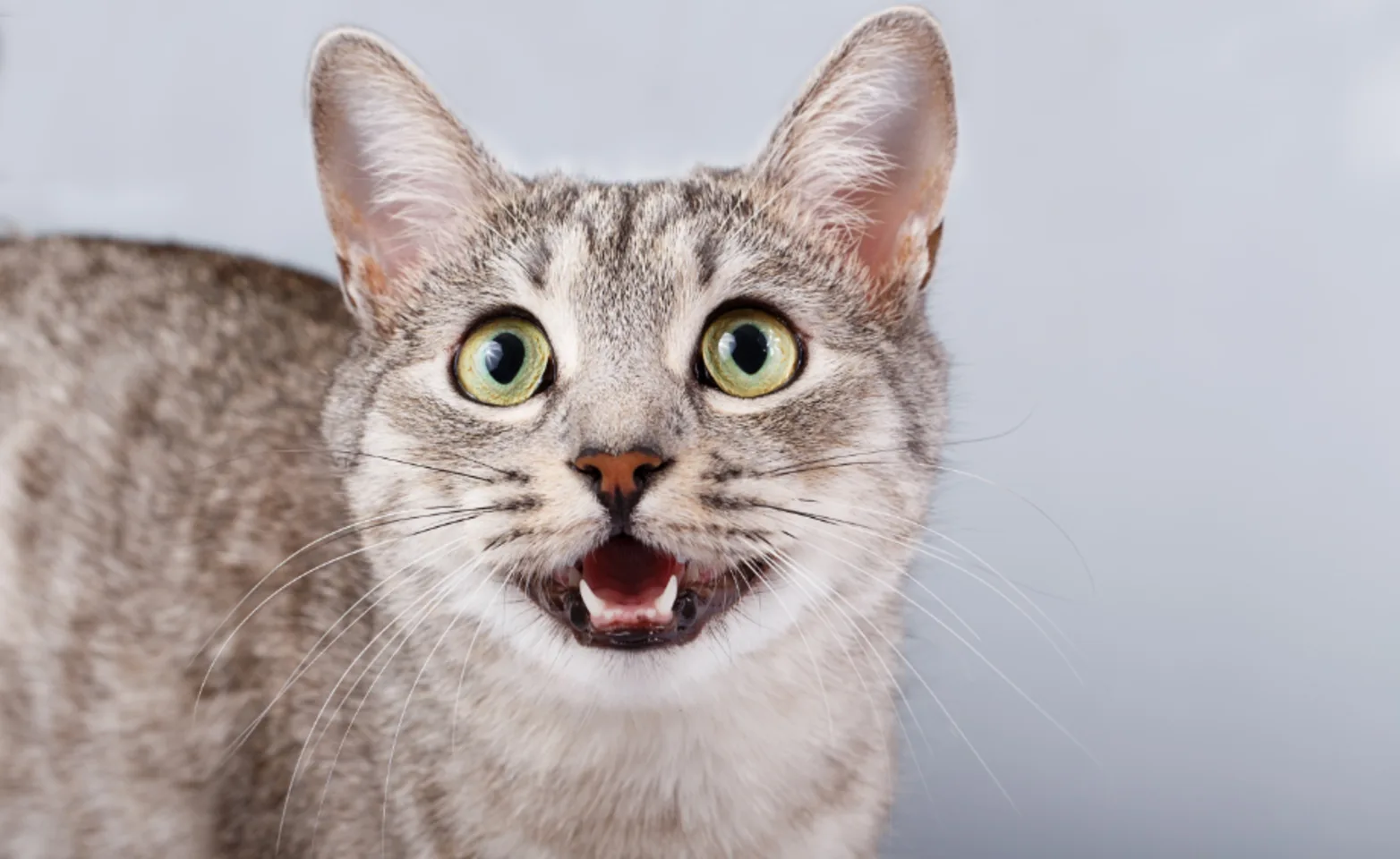Veterinary Vision Animal Eye Specialists

Entropion
Entropion is a condition where the eyelids roll inward, causing the eyelid hairs to contact the surface of the eye. Either upper eyelids, lower lids, or both, may be involved. Most often both eyes’ lids are affected. This condition is associated with discomfort and may result in damage to the eye which may be severe enough to cause partial or complete loss of vision. Squinting and tearing are the most common signs observed.
Entropion is seen as an inherited condition in many breeds of dogs, including the Shar Pei, English Bulldog and Chow Chow. Often the severity of the entropion is related to the amount and weight of the skin and wrinkles covering the head and face and the conformation of the skull.
Treatment
Permanent treatment for entropion requires a surgical procedure to remove a narrow segment of skin and muscle from the eyelid with stitches used to evert the eyelid to a normal position. The sutures are removed in 2 weeks. In breeds where entropion is accompanied by heavy face folds, or in cases where surgery is necessary before a dog is fully mature, it is not unusual for more than one surgery to be required.
When entropion is present in young puppies, definitive surgical correction should be delayed until the dog is nearer physical maturity. Sutures or surgical staples may be placed in the eyelids using a local anesthetic and sedation. This is very well tolerated by the pups, although care must be taken to prevent the dam or littermates from chewing at them. The staples are maintained and/or replaced until the condition resolves with age or until the puppy is old enough for permanent surgical correction.

Background
This occurs due to a hereditary weakness in the gland’s normal attachments. Several breeds of dogs are more commonly affected, including the English Bulldog, Cocker Spaniel, Lhasa Apso, and Shar Pei. It is also seen in Burmese cats. “Cherry eye” often affects both eyes although the second gland may prolapse months after the first. It typically develops during the first year of life.
Treatment
While unattractive, this condition is about much more than cosmetic appearance. The gland of the third eyelid is responsible for contributing more than a third of the tear volume coating the surface of the eye. Veterinary ophthalmologists feel strongly that removal of the prolapsed gland is not in your pet’s best interest, since this can heavily predispose to development of Dry Eye Syndrome. This is especially important since many of the same breeds that develop “cherry eye” are also genetically predisposed to developing dry eye (Bulldogs and Cockers Spaniels are good examples). The treatment of choice for Cherry Eye is prompt surgical repositioning of the gland into its normal position and attaching it with sutures.
Surgery for this condition is performed under general anesthesia, but your pet is able to go home the same afternoon. There may be some swelling and redness of the eye, which will resolve over a few days, but there should be no signs of pain. While surgery to replace the gland is typically successful, recurrence is possible. This is more likely to happen in certain breeds of dog (especially Bulldogs and Mastiffs) and when substantial delay occurs between the time the gland prolapses and surgery.
